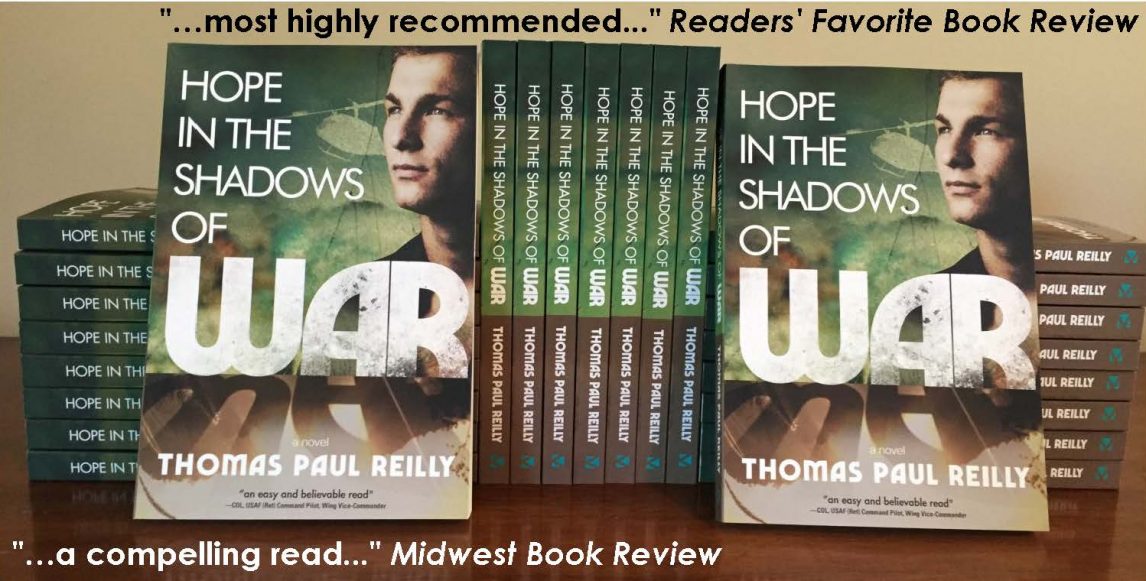 by Tom Reilly
by Tom Reilly
“The pleasure which we are to enjoy ten years hence interests us so little in comparison with that which we may enjoy today … ” (Adam Smith, The Theory of Moral Sentiments)
Two centuries before the advent of neuroscience and behavioral economics, Adam Smith observed the human tendency to favor the present over the future. This human tendency frustrates experts in broad array of fields. Financial advisors struggle with convincing clients to set aside enough money for retirement. Healthcare officials prescribe wellness programs to ensure a quality life that patients ignore. Educators feel discouraged when students fail to embrace education as a path to success in life. Across-the-board, humans sacrifice the future on the altar of the present. Salespeople deal with this phenomenon daily.
Short-termism is the tendency for people to make decisions that yield to the pressures of now versus the future. Buyers sacrifice long-term value for short-term pricing gain. Psychologists call this phenomenon delay discounting—a temporal bias for immediacy, which is the opposite of delayed gratification. Delay discounting means that the longer someone must wait for a payoff, the more that person discounts its value. Thus, he or she focuses on short-term gain versus long-term value. This is the conundrum of selling to price shoppers.
The challenge for salespeople (and others who engage short-termism) is to help the other person think and act long-term. This conceptual sale must happen before the product sale. The salesperson must first get the buyer to view things from a long-term perspective and feel the impact of that value versus the short-term allure of cheaper prices. There are two ways to achieve this.
First, ask questions that stretch the buyer’s time horizon. For example, ask these questions in your needs analysis.
“Walk me through your project from start to finish.”
“What are your long-term goals on this project?”
“How will you define long-range success on this project?”
Shifting the focus to long-term needs encourages buyers to make prudent buying decisions and paves the way for salespeople to tell the story of their long-term value.
Second, discuss how your total solution helps buyers at every step along the acquisition and usage path. For example, answer these questions in your presentation.
“How do we help the buyer plan and design the best long-term solution?”
“How do we help the buyer implement our solution smoothly?”
“How do we help the buyer capture the most value from our solution?”
Both strategies do one thing; they stretch the buyer’s time horizon. If you can get your buyer to think, plan, and execute long term, you have a fighting chance to help buyers choose value over cheap prices.
This article is excerpted from Value-Added Selling 4th edition (McGraw-Hill, 2018). You can find out more about this forthcoming edition by visiting www.TomReillyTraining.com.

